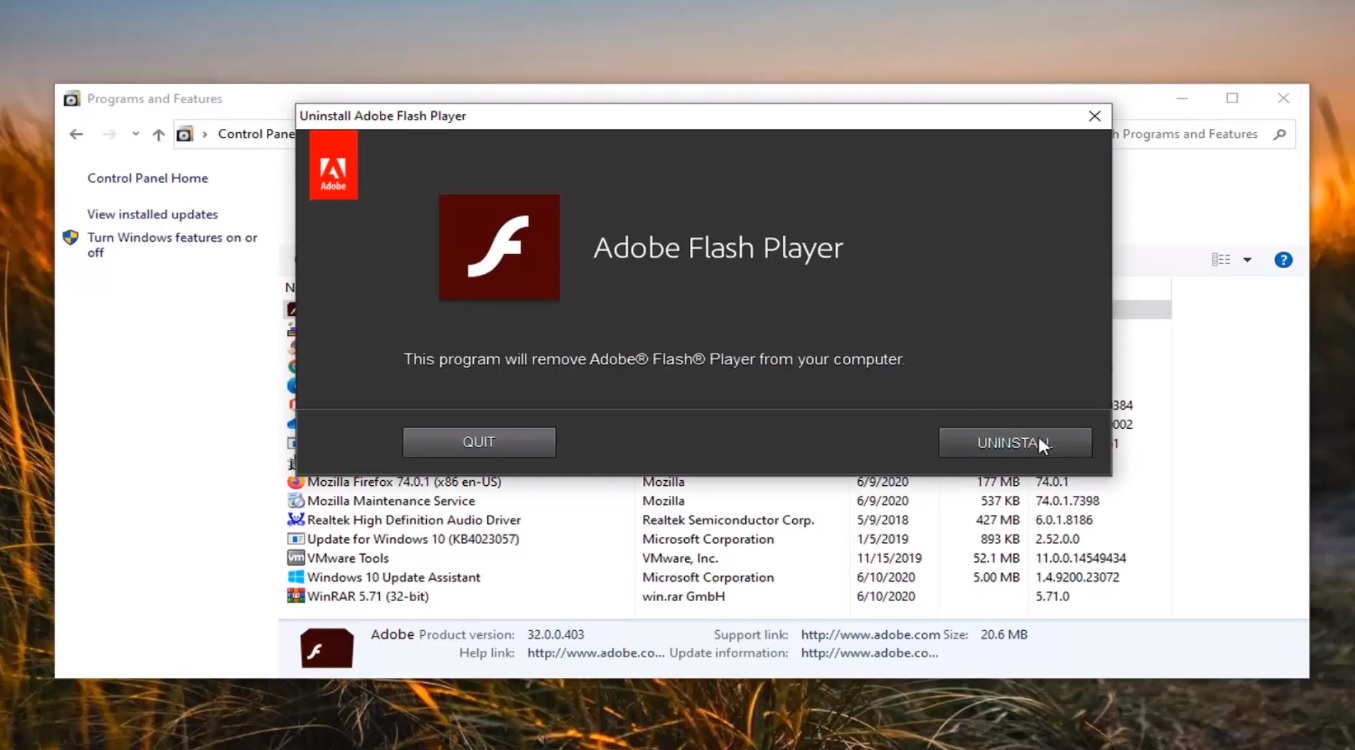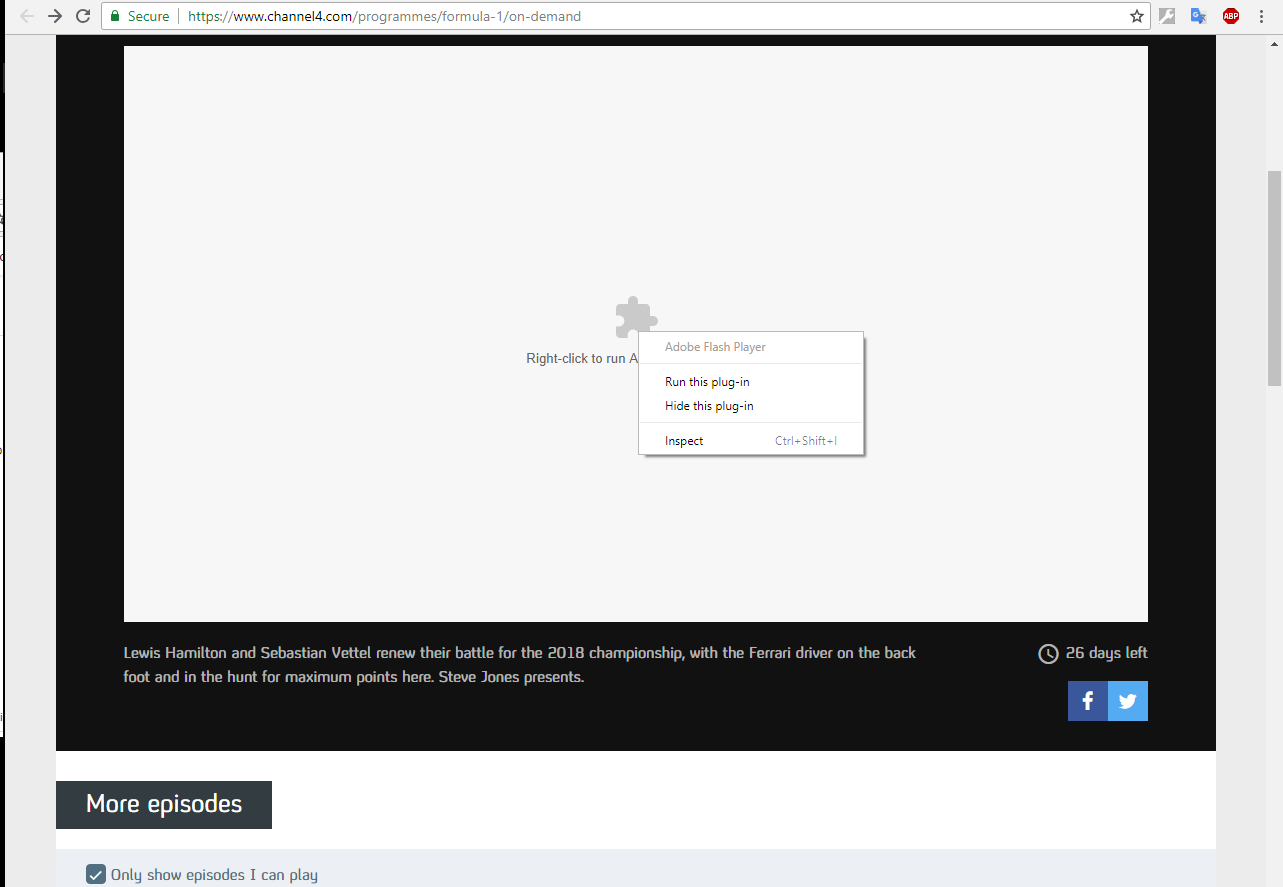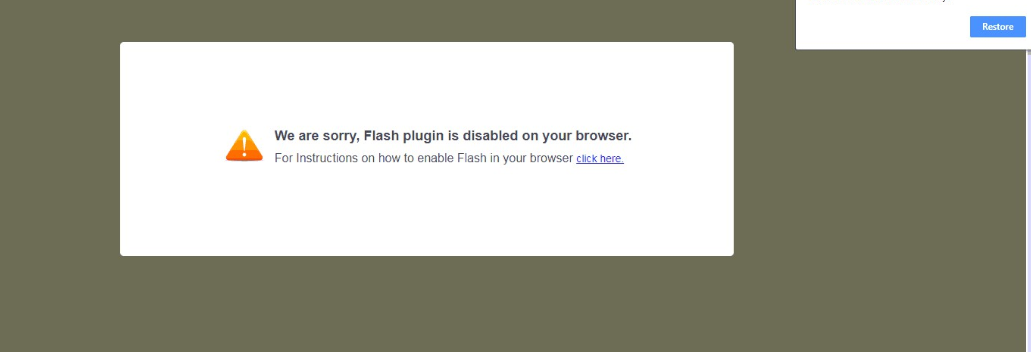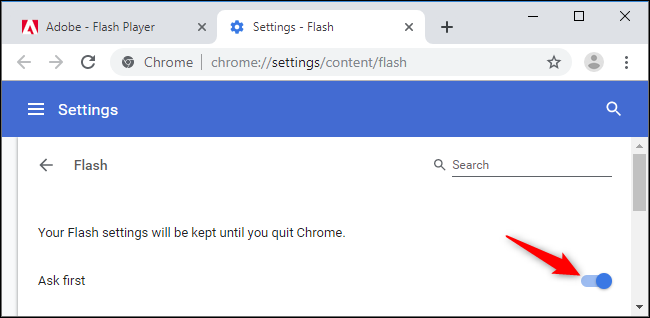

- REINSTALL ADOBE FLASH PLAYER ON GOOGLE CHROME HOW TO
- REINSTALL ADOBE FLASH PLAYER ON GOOGLE CHROME INSTALL
- REINSTALL ADOBE FLASH PLAYER ON GOOGLE CHROME UPDATE
- REINSTALL ADOBE FLASH PLAYER ON GOOGLE CHROME UPGRADE
- REINSTALL ADOBE FLASH PLAYER ON GOOGLE CHROME ANDROID
Starting with Windows 8, Microsoft now bundles a Flash plug-in along with Windows. Internet Explorer on Windows 8, 8.1, and 10 Click the “Disable” link under the Adobe Flash Player plug-in. To disable it, plug chrome://plugins/ into Google Chrome’s location bar and press Enter. Note that Chrome will also use any PPAPI Flash plug-ins you’ve installed system-wide.
REINSTALL ADOBE FLASH PLAYER ON GOOGLE CHROME HOW TO
RELATED: How to Enable Click-to-Play Plugins in Every Web Browser Chrome on Windows, Mac OS X, Chrome OS, and LinuxĬhrome includes a bundled Flash plug-in on all the platforms it supports. If you’d like to disable this plug-in, you have to do it from within Chrome’s settings. At the very least, you should enable click-to-run for Flash content so it doesn’t automatically run on web pages you visit.
REINSTALL ADOBE FLASH PLAYER ON GOOGLE CHROME INSTALL
If you need Flash for something, you may want to only install Flash for a specific browser and leave it disabled in your main browser.

If necessary, you can reinstall Flash later.


Even if you do need Flash right now, there’s a good chance you won’t need it at all in a few years. You may find you don’t need Flash at all after you uninstall it.
REINSTALL ADOBE FLASH PLAYER ON GOOGLE CHROME ANDROID
Modern mobile platforms like Android and Apple’s iOS don’t offer Flash support at all, and that’s slowly pushing Flash out of the web. When enabled, you will see a small down arrow in a circle, that when clicked, will open a search dialog, as shown below.Flash is much less necessary than it’s ever been. New Tab search experimentĬhrome 88 brings a highly awaited feature that allows you to search through all of your open tabs. With today's release, Google Chrome will automatically apply the rel="nooopener" attribute to all links that open in a new tab. Web developers can add a rel="noopener" attribute to HTML links to prevent a new tab from using JavaScript to redirect the referring page. This redirected URL can be anything the threat actor wants, including phishing pages or pages that automatically download malicious files. Tabnabbing is a security issue that allows a newly opened page to utilize javascript to redirect the original referring page to a different URL. Google references this attack method as 'tab-napping.' With the release of Chrome 88, when a user clicks on a link that opens in a new tab, the browser will automatically apply the 'noopener' context to the link to prevent 'tabnabbing' attacks. With Chrome 88, the browser will now display scroll bars and form controls using a dark mode theme.ĭark Mode scrollbar Improved security against tabnabbing attacks These controls include scroll bars and form controls. While Google Chrome has supported an operating system's dark mode settings for some time, it has not entirely synched all of its controls to use a dark mode theme. With the release of Chrome 88, all FTP support has been removed from the browser. FTP will start working again," Google software engineer Asanka Herath posted to a Chromium bug topic. "In light of the current crisis, we are going to "undeprecate" FTP on the Chrome stable channel. The initial goal was to disable FTP support by default in Chrome 81, but on April 9th, Google enabled it again to make sure there was no problem accessing content on FTP sites during the pandemic. With the release of Chrome 80, Google began deprecating FTP support with the addition of a new "chrome://flags/#enable-ftp" flag that controls whether FTP support is enabled or not. Since 2014, Google has wanted to remove support for the FTP protocol in Chrome as it was determined to only be used by ".1-.2%" of the browser's users. Google has removed FTP support (ftp://) from Chrome due to its low use and lack of support for encrypted (FTPS) or proxy connections. With this change, the largest platform used to run Flash content has officially closed its doors to Flash Player. Google has been warning users since 2017 of Adobe Flash Player's removal and has been advising the enterprise to migrate away from using Flash in their environment. With this change, it will no longer be possible for organizations to use Enterprise policy to enable Flash Player again in Google Chrome. To coordinate with Adobe Flash Player reaching the end of life on January 12th, 2021, Google has completely removed Flash from the browser.
REINSTALL ADOBE FLASH PLAYER ON GOOGLE CHROME UPDATE
The browser will then automatically check for the new update and install it when available.
REINSTALL ADOBE FLASH PLAYER ON GOOGLE CHROME UPGRADE
Windows, Mac, and Linux desktop users can upgrade to Chrome 88 by going to Settings -> Help -> About Google Chrome. Google has released Chrome 88 today, January 19th, 2021, to the Stable desktop channel, and it includes security improvements and the long-awaited removal of Adobe Flash Player.Ĭhrome 88 is now promoted to the Stable channel, Chrome 89 is the new Beta version, and Chrome 90 will be the Canary version.


 0 kommentar(er)
0 kommentar(er)
